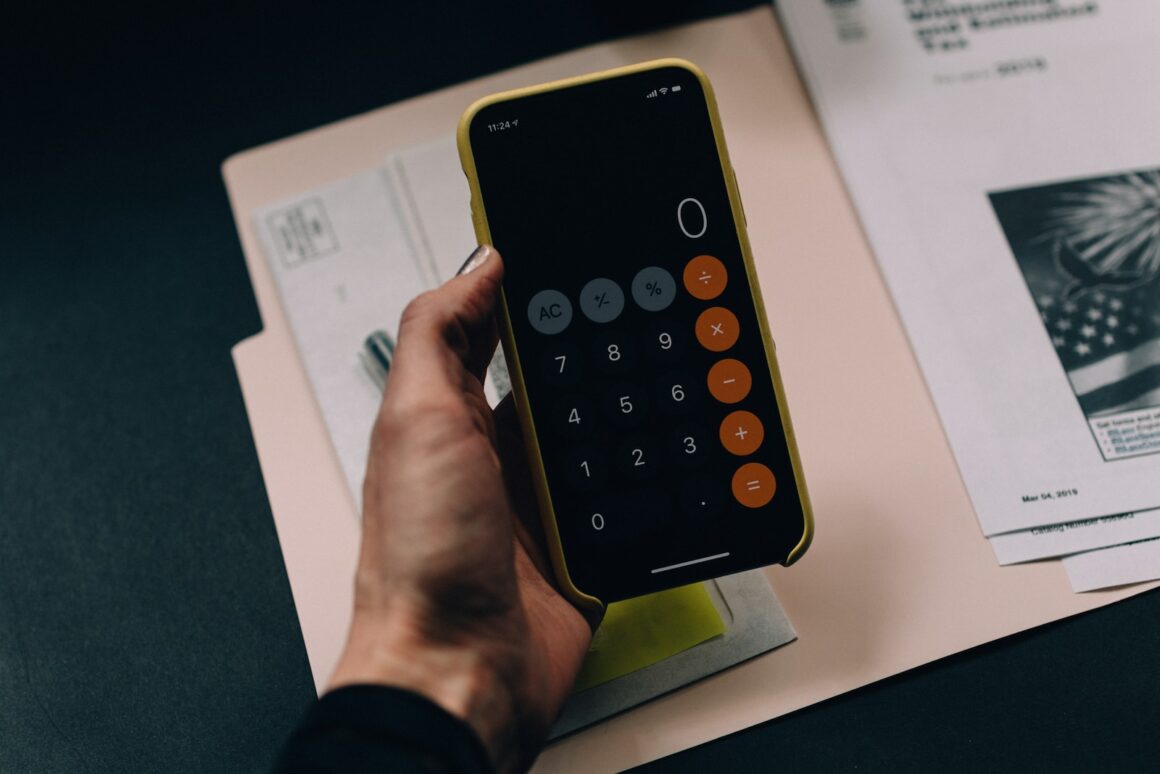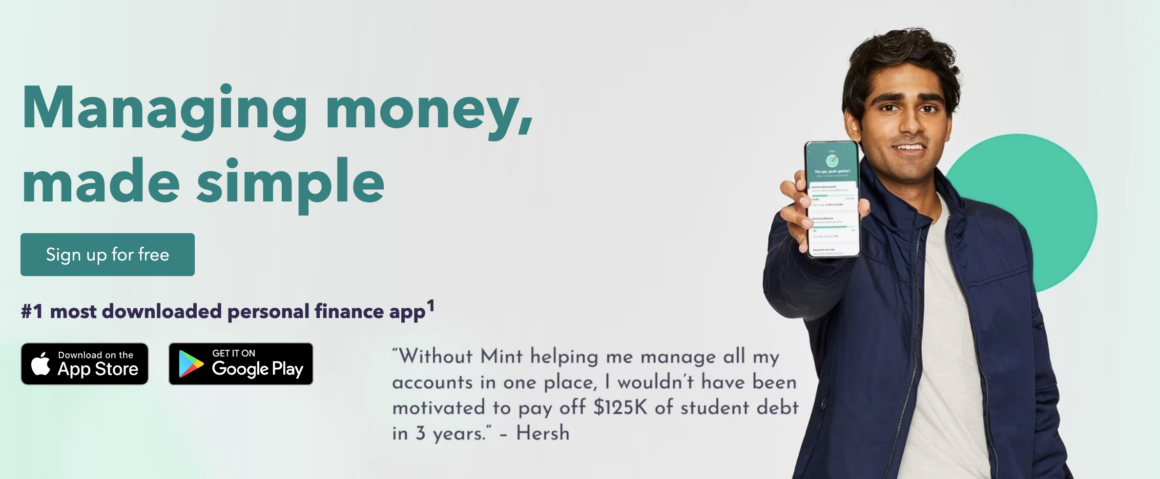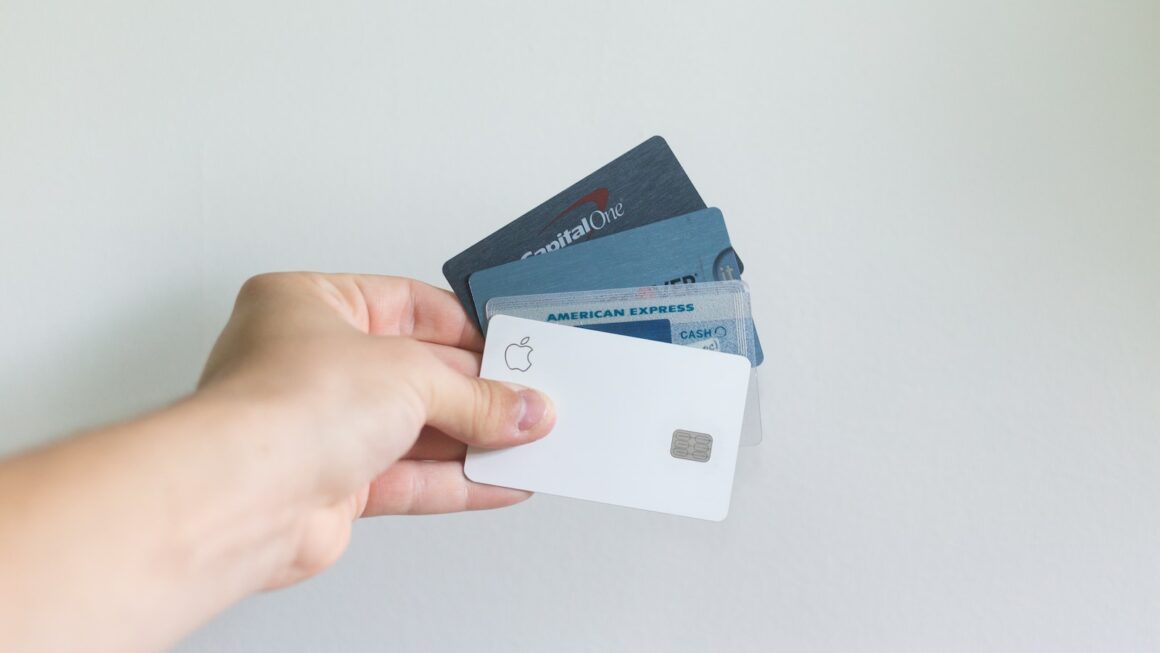Table of Contents
Introduction
Are you tired of the seemingly endless cycle of living paycheck to paycheck? You’re not alone. Millions of people worldwide find themselves in this financial predicament.
The good news is, you can escape this cycle and attain financial independence. With effective planning, budgeting, and by practicing smart saving habits, you can break free from financial constraints and build a secure future.
Our comprehensive guide will outline proven strategies and steps to help you stop living paycheck to paycheck, paving your way to better financial health. The journey to financial freedom begins with a single step.
As Benjamin Franklin wisely said, “Beware of little expenses. A small leak will sink a great ship.”
Let’s mend those leaks together and set sail towards a financially stable life.
Learn to manage your money better and unlock the door to a more secure and worry-free financial future. The power to change your financial destiny is in your hands.
Understanding the Cycle
Living paycheck to paycheck is a phrase that’s become all too familiar in today’s economic climate. But what does it truly mean? Essentially, it refers to a situation where an individual or family uses up almost all their income to meet their expenses, with virtually nothing left over for savings or unexpected costs. It’s a precarious financial situation where each payday is anxiously awaited to cover necessities and obligations until the next one arrives.
The cycle of living paycheck to paycheck often begins innocently enough. You may have just started a new job, or perhaps you’re dealing with unexpected expenses that drain your savings. Regardless of how it starts, it often becomes a recurring pattern. The money comes in, and almost immediately, it goes out. Bills, rent or mortgage payments, food, transportation, healthcare, and other living expenses consume your income. There’s rarely, if ever, a surplus.
One of the key challenges with living paycheck to paycheck is the lack of a financial cushion. Without a savings buffer, any unexpected expense – such as a medical bill, car repair, or home maintenance issue – can lead to stress and potential debt. It can feel like you’re on a financial treadmill, constantly moving but never really getting ahead.
Moreover, this cycle doesn’t only apply to low-income earners. Even individuals with higher incomes can find themselves living paycheck to paycheck due to high living costs, excessive spending, poor budgeting, or a combination of these factors.
The paycheck to paycheck cycle is not a lifelong sentence, though. Understanding the cycle is the first step to breaking free from it. It requires identifying the habits and circumstances that keep you in this cycle. By recognizing these patterns, you can start to make informed decisions that will set you on the path to financial independence and security. Remember, change is a process, not an event. And the first step to change is understanding the situation you’re in.

Cnsequences and challenges of living paycheck to paycheck
Living paycheck to paycheck comes with several consequences and challenges, including:
- Financial Stress: The constant worry over making ends meet can lead to significant stress, affecting mental health and overall well-being.
- Lack of Savings: With most income going towards expenses, saving for future goals, retirement, or even a rainy day becomes nearly impossible.
- Increased Risk of Debt: Without savings, unexpected costs often result in credit card debt or loans, further exacerbating the cycle.
- Limited Financial Freedom: Living paycheck to paycheck restricts your ability to make financial decisions that could enhance your lifestyle, such as investing or purchasing a home.
- No Safety Net: Without an emergency fund, financial emergencies can lead to catastrophic outcomes, from eviction to bankruptcy.
- Dependency on Next Paycheck: Any delay or disruption in the regular income stream can lead to serious financial difficulties.
Addressing these challenges is essential in breaking free from the paycheck to paycheck cycle.
Breaking the Cycle: Initial Steps
Escaping the paycheck-to-paycheck cycle requires deliberate steps. Below are some actionable measures you can take:
Assess Your Financial Situation: The first step in breaking the cycle is understanding your current financial status. Review your income, list all your expenses, and identify any debts. This will help you see where your money goes each month and how much you’re left with, if any.
Create a Realistic Budget: After assessing your finances, create a realistic budget. Allocate funds for necessities like rent or mortgage, utilities, food, transportation, and healthcare. Remember to include debt repayment and savings. Stick to this budget and make adjustments as needed.
Cut Unnecessary Expenses: Examine your budget for areas where you can cut back. This could be subscription services you rarely use, dining out too often, or excessive shopping. Remember, every little bit helps.
Start an Emergency Fund: One of the dangers of living paycheck to paycheck is not having a safety net for unexpected expenses. Start building an emergency fund, even if it’s just a small amount each month. This fund will provide a cushion in case of job loss, medical emergencies, or unexpected bills.
Pay Down High-Interest Debts: High-interest debts can keep you in the paycheck-to-paycheck cycle. Make a plan to pay off these debts as quickly as possible. Consider strategies like the debt avalanche method, where you pay off the debt with the highest interest rate first, or the debt snowball method, where you start with the smallest debt.
Automate Savings: Automating your savings can make the process easier and more consistent. Set up automatic transfers from your checking account to your savings account each pay period.
Increase Your Income: Look for ways to increase your income, such as asking for a raise, changing jobs, or starting a side gig. Increasing your income will give you more flexibility and help break the cycle faster.
Educate Yourself about Personal Finance: Knowledge is power. Understanding personal finance can help you make smarter financial decisions. Consider reading finance books, taking an online course, or consulting with a financial advisor.
Stay Consistent: It’s important to stay consistent with your new financial habits. It may take time, but with discipline and patience, you’ll see improvement in your financial health.
Budgeting: A Tool for Financial Freedom
Understanding and effectively utilizing a budget is a critical step towards achieving financial freedom. A budget is more than just a spreadsheet with numbers; it’s a comprehensive plan that outlines your income, expenses, savings, and financial goals. A well-structured budget can help you understand where your money is going, allowing you to take control and make informed decisions.
The Minimalist Approach to Budgeting
Minimalist budgeting is a simple and straightforward approach to managing your finances. It’s not just about spending less, but spending more on the things that truly matter and less on the things that don’t. Here are some actionable steps to help you create a minimalist budget:
- Understand Your Values: In minimalist budgeting, it’s essential to know what truly matters to you. Identify your core values and prioritize your spending accordingly.
- List Your Income and Expenses: As with any budgeting approach, you need to know how much you’re earning and spending. Make sure to include all sources of income and every expense, no matter how small.
- Categorize Your Expenses: Divide your expenses into two main categories: Needs and Wants. Needs are the essentials for survival, such as housing, food, utilities, and basic healthcare. Wants are the non-essentials, such as eating out, entertainment, or luxury items.
- Minimize Your Wants: This is where the minimalist approach truly comes into play. Scrutinize your Wants category and eliminate expenses that don’t align with your values or bring you joy.
- Prioritize Savings and Debt Reduction: After covering your needs, allocate a portion of your income to savings and paying off debts. This helps ensure your financial security and progress towards financial independence.
- Avoid Unnecessary Debt: Minimalist budgeting discourages the use of credit for unnecessary items. If it’s not a need and you can’t afford it with cash, don’t buy it.
- Create an Emergency Fund: This is a crucial aspect of any budgeting strategy. An emergency fund will act as a financial cushion for unexpected expenses, helping you avoid unnecessary debt.
- Review and Adjust Regularly: Review your minimalist budget regularly to ensure it still aligns with your values and goals. Adjust as necessary.
- Practice Mindful Spending: Always ask yourself if a purchase is necessary and aligns with your values before making it. This can help you avoid impulsive and unnecessary spending.
- Embrace Minimalism in Other Areas: Minimalism can extend beyond budgeting. Embracing minimalism in other areas of your life, like decluttering your home or simplifying your schedule, can further support your minimalist budgeting efforts.
Remember, minimalist budgeting isn’t about depriving yourself; it’s about making mindful financial decisions that prioritize your happiness and financial health. With this approach, you’ll find yourself breaking free from the paycheck-to-paycheck cycle and moving towards a more fulfilling and financially secure lifestyle.

Budgeting with apps like Mint
Mint, a popular budgeting app, simplifies this process by providing a clear view of your finances all in one place. You can track your spending, create budgets, set and manage financial goals, and even keep an eye on your credit score. It’s like having a personal financial advisor in your pocket, helping you stay on track with your budgeting goals.
Mint allows you to see all your financial transactions, categorize them, and understand where most of your money is spent. This insight is crucial in determining areas where you can cut back and save more. With a clearer understanding of your spending habits, you can adjust your budget as necessary to stop living paycheck to paycheck and start building a more secure financial future.

Debt Management: Pay Off Your Debts
Debt can be a major obstacle when you’re trying to break the paycheck-to-paycheck cycle. However, adopting a minimalist approach to debt management can help you overcome this challenge and move towards financial freedom.
In the context of minimalist debt management, the focus is on simplifying your financial obligations and reducing unnecessary debts. Here’s how to achieve this:
Understanding Your Debts: First, list all your debts, including the creditor, total amount of the debt, monthly payment, and interest rate. Understanding the nature of your debts will give you a clear picture of your financial situation.
Prioritizing Your Debts: After listing your debts, prioritize them. One common method is the debt avalanche, which involves paying off the debt with the highest interest rate first, while still making minimum payments on all other debts. This approach minimizes the amount of interest you’ll pay over time.
Consolidating Debts: If you have multiple high-interest debts, consider debt consolidation. This strategy combines multiple debts into a single debt with a potentially lower interest rate, making it easier to manage.
Budgeting for Debt Payments: Allocate a portion of your income specifically for debt repayment in your minimalist budget. Ensure that paying off debt is a priority, second only to meeting basic needs.
Avoiding New Debt: Finally, curb the creation of new debt. Resist the urge to take on more credit and focus instead on paying off existing debts.

Saving: The Path to Financial Independence
The minimalist lifestyle and saving money go hand in hand, forming a strong foundation for achieving financial independence. By focusing on what truly matters, minimizing unnecessary expenses, and prioritizing saving, you can escape the paycheck-to-paycheck cycle and build a financially secure future. Here’s how the minimalist lifestyle can enhance your saving efforts:
Aligning Spending with Values
Minimalism encourages you to spend money on things that align with your values and bring joy. This approach naturally curbs excessive spending, helping you save more. It’s not about depriving yourself, but about finding value and happiness in less. When you reduce your wants to only those that bring real value, you’ll find you have more money to save.
Reducing Consumption
The minimalist lifestyle promotes mindful consumption. It’s about understanding the difference between wanting and needing something. By reducing consumption, you cut unnecessary expenses, leaving more room for savings. Remember, every item you choose not to buy is money saved.
Decluttering for Profit
Embracing minimalism often involves decluttering, which can provide a financial boost. Selling items you no longer need or use can generate extra income that can go straight to your savings account.
Avoiding Debt
Minimalism deters from taking on unnecessary debt. By avoiding debt for non-essentials, you reduce your financial liabilities and free up more money for savings.
Investing in Quality
While it might seem counterintuitive, investing in high-quality, durable goods can lead to savings in the long run. Quality items often last longer, reducing the need for frequent replacements.
Experiences Over Things
Minimalism encourages investing in experiences rather than material possessions. Experiences not only cost less but also provide lasting happiness compared to the temporary joy of a new purchase. By choosing experiences over things, you can enrich your life while bolstering your savings.
Sustainable Living
Many minimalist principles align with sustainable living, such as reducing consumption and waste. This not only benefits the environment but can also lead to significant savings. For instance, choosing reusable products over disposable ones or implementing energy-saving measures at home can lower your expenses.
Emotional Benefits
Minimalism promotes a less stressful lifestyle, free from the burden of managing and maintaining numerous possessions. The peace of mind that comes from a clutter-free life can also translate into better financial decisions.
In essence, the minimalist lifestyle can be a powerful ally in your journey to financial independence. It’s not just about saving money; it’s about creating a life that values experiences over possessions, quality over quantity, and, ultimately, financial freedom over financial stress.
Conclusion
In conclusion, escaping the paycheck-to-paycheck cycle is a journey that requires understanding, planning, commitment, and action. It begins with grasping the depth of your financial situation, recognizing the challenges, and making a decision to change. Effective budgeting tools such as Mint can help you manage your money better, align your spending with your earnings, and create a feasible plan to achieve your financial goals.
The minimalist lifestyle can be a powerful force in this journey, helping you to focus on what truly matters, reducing unnecessary expenses, and enhancing your savings. It’s not about depriving yourself, but rather about finding value and happiness in less. Minimalism’s principles, when applied to debt management, can help simplify your financial obligations, speed up the process of becoming debt-free, and reclaim your financial independence.
Whether it’s through conscious spending, investing in experiences over things, or adopting sustainable living practices, minimalist principles can lead to substantial savings, aiding in your path to financial independence. Remember, it’s not merely about accumulating wealth but about achieving a life of financial stability and freedom, one where you’re no longer living paycheck to paycheck.
Navigating your financial journey might seem daunting initially, but with the right strategies, tools, and mindset, it’s entirely achievable. So, take that first step today towards breaking the cycle, because the journey of a thousand miles begins with a single step.


